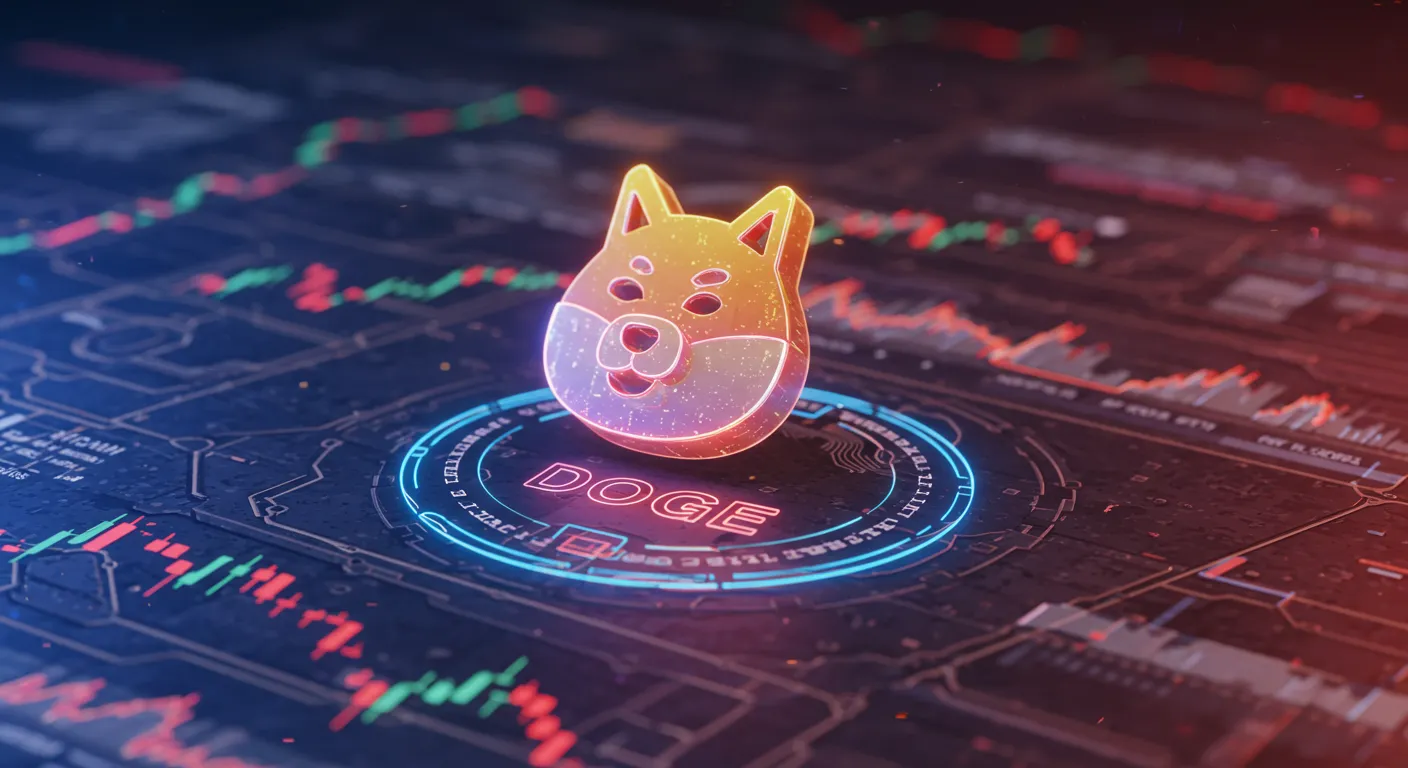If you sat down with an economics textbook to design the perfect cryptocurrency, you would do everything the exact opposite of Dogecoin. You would create hard-coded scarcity; Dogecoin has an infinite, inflationary supply. You would build in complex, revenue-generating utility; Dogecoin’s primary utility for years was simply to be a joke. You would establish a robust governance model; Dogecoin is famously run by a handful of volunteers and the chaotic whims of its community.
And yet, this project, which breaks every single rule of traditional economic design, has become one of the most enduring and valuable networks on the planet. To understand why, you have to throw the textbook out the window.
The economic model of a project like Bitcoin or Ethereum is a beautifully engineered, high-performance engine. It's a masterpiece of game theory and deliberate, precise design. Dogecoin's economic model, by contrast, is like an engine from a cartoon.
It appears to run on laughter, goodwill, and the strange, powerful physics of internet memes. Its "unlimited supply" isn't a bug that needs fixing; it's a feature that makes the coin abundant and approachable, encouraging people to tip with it, donate it, and spend it, rather than just hoard it like a precious dragon's egg. Its value is not derived from a discounted cash flow analysis, but from its raw cultural relevance its "meme velocity."
This "meme velocity" is the true fuel in the tank. It’s the speed and reach at which the *idea* of Dogecoin can travel through the global consciousness. A single tweet from a high-profile individual, a viral meme on Reddit, a heartwarming grassroots charity drive these are the events that provide the engine's combustion. They generate massive waves of attention and onboard new members into the community, which is the only true form of "value accrual" that an economy like this possesses.
So, how do you even begin to analyze an engine that runs on vibes? You don't just look at the trading volume on an exchange. You have to become a kind of digital cultural anthropologist. You monitor the sentiment and share-of-voice on social media. You track its adoption not just as a technical payment rail, but as a cultural icon. When a major company like a movie theater chain or an e-commerce platform decides to accept DOGE, they aren't just adding a payment option; they are deliberately tapping into that massive, pre-built marketing and community engine. That is the real signal.
Dogecoin is a profound and often hilarious lesson in a new kind of value creation. It teaches us that in the internet age, collective belief, humor, and cultural relevance can be economic forces just as powerful as carefully engineered scarcity. It’s the economic engine that shouldn't work, but does. And trying to understand it with traditional financial models is like trying to analyze a cartoon with the laws of Newtonian physics. To see the magic, you first have to embrace the absurdity.

